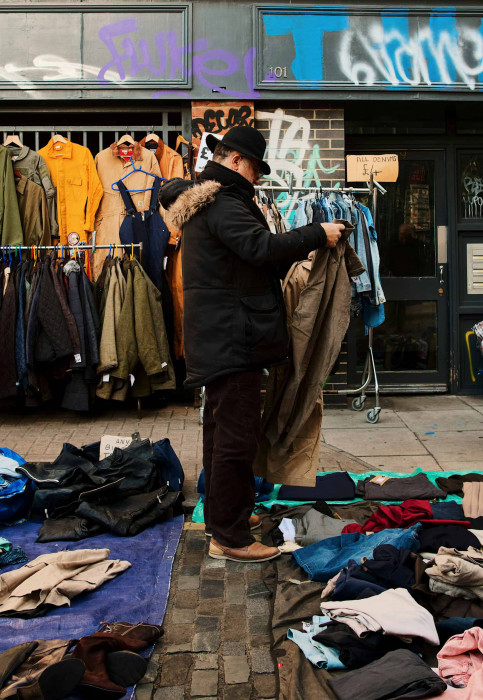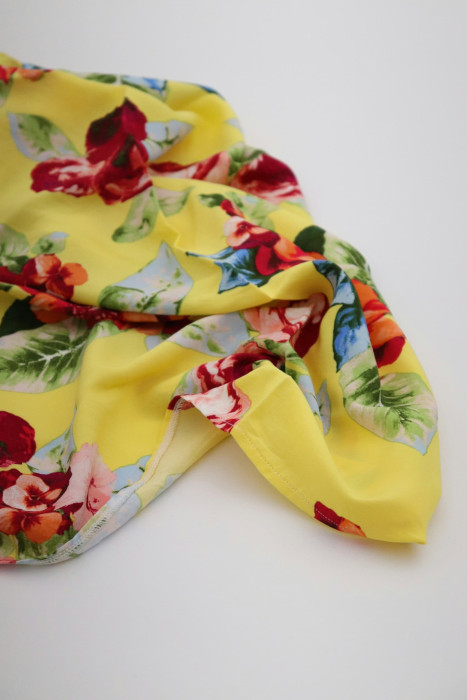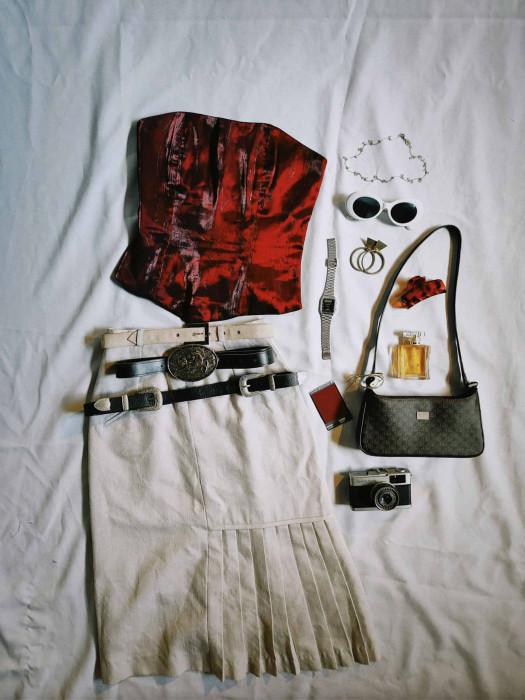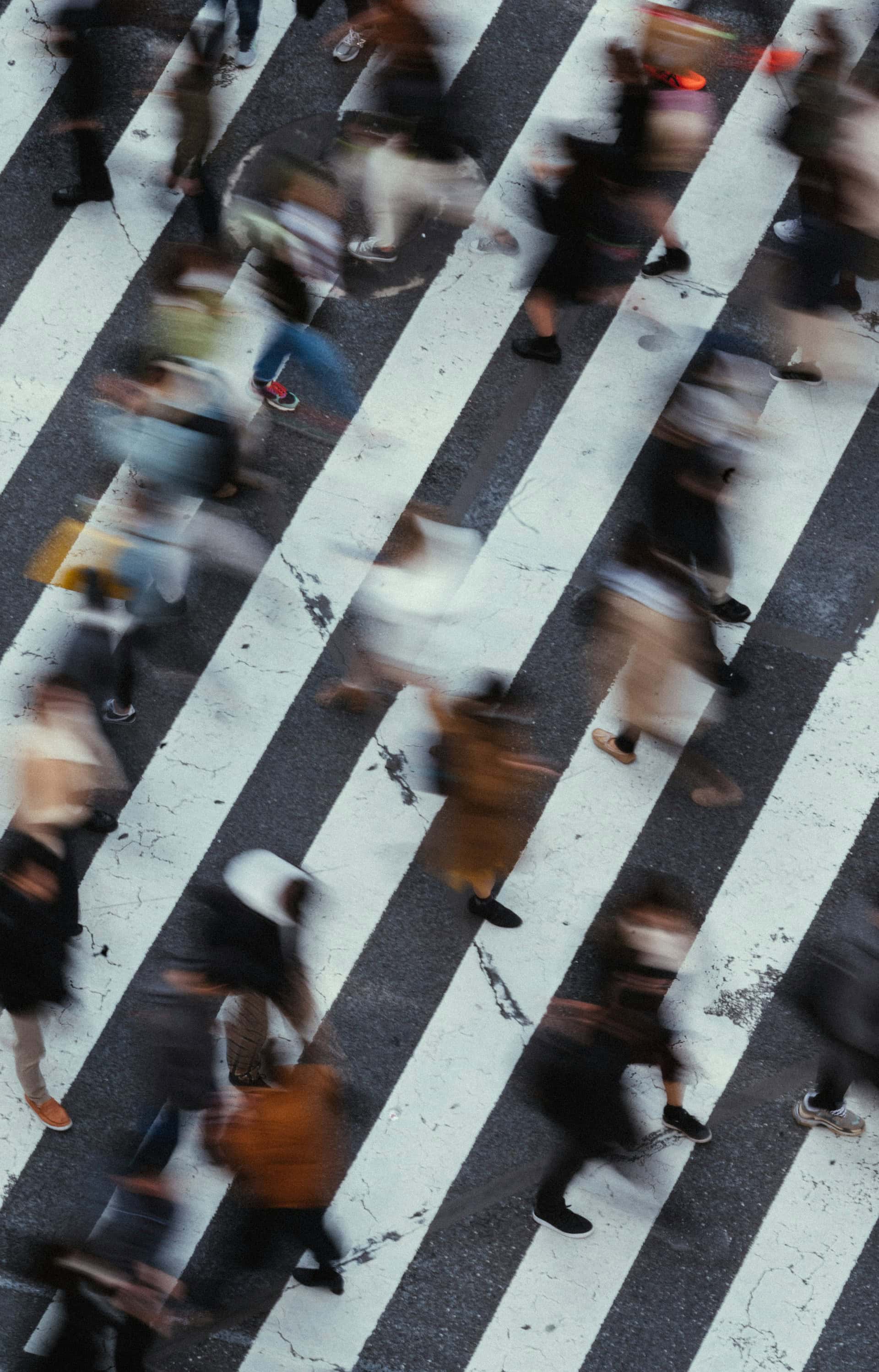
"The Modern Dilemma: Between Eco-Friendly Thrifting and Serious National Economic Issues. Sustainable Fashion Doesn't Have to Be Expensive. Find Your Authentic Style While Saving the Planet from Textile Waste–Unpacking the thrifting dilemma: Eco-friendly benefits vs. the serious challenges of imports, hygiene, and the need to support local Indonesian products."

Photo by Rumman Amin on Unsplash

Photo by Julia Mayo on Unsplash

Photo by Devin Avery on Unsplash

Photo by Camila Cordeiro on Unsplash

Photo by Becca McHaffie on Unsplash


















